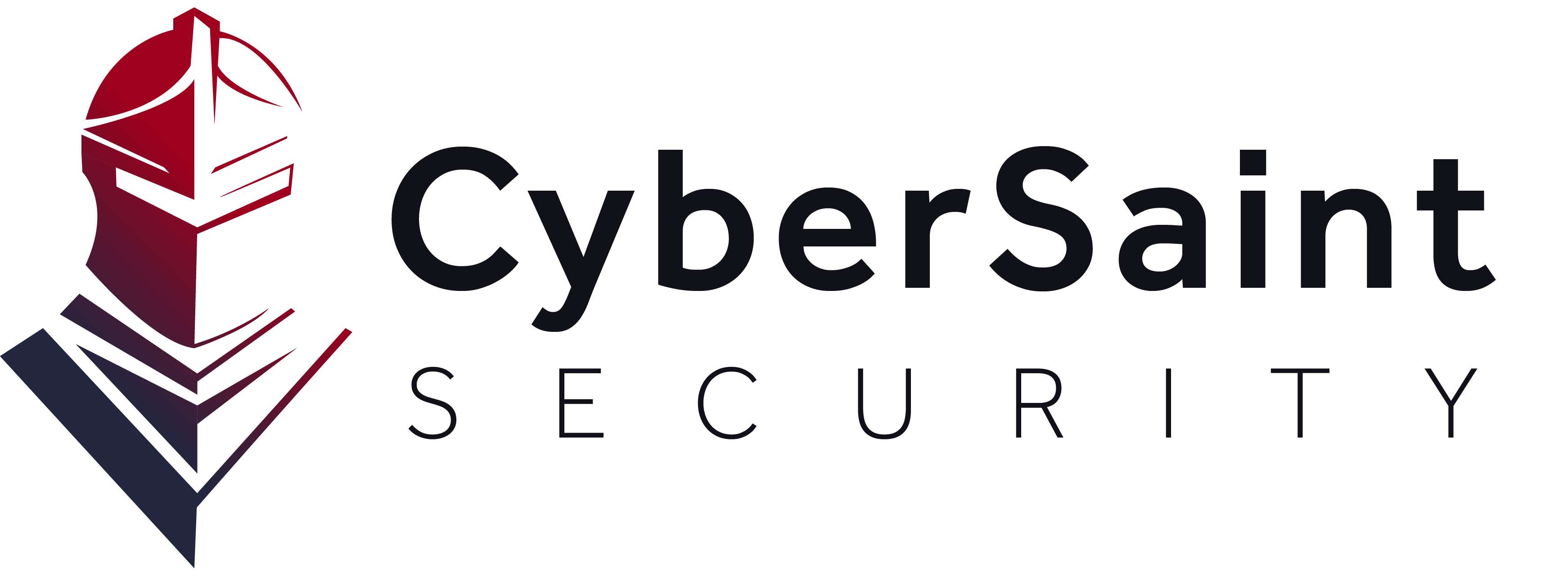Data storage, as well as maintenance tools and applications, have undergone many iterations in the past decade, with the introduction of cloud computing and Security Information and Event Management (SIEMs). The latest development has been security data lakes (SDLs).
A security data lake is a centralized data repository related to an organization’s security posture. SDLs manage and maintain security-related data and store raw data from various sources for organized usage and storage.
Organizations using SIEMs faced ongoing issues, like decreased reportability and failure to deliver contextualized data. On top of this lack of usability, SIEMs cannot seamlessly scale with digital businesses and have grown in cost and inflexibility, creating a data swamp. In contrast, SDLs can manage and store data across multiple environments like the cloud, SAAS, and on-premise environments.
Enhance Operations with a Data Lake
The emphasis on centralization is crucial to the success and usability of a data lake. Users can access and store large amounts of data in their data application to pull from for cyber security management, reporting, analysis, and threat detection. Data lakes remove the endless logins to disparate applications that are needed to pull information and ease analysis and reporting.
SDLs rely on serverless services like Snowflake that make this form of tech more affordable and easier to implement. Once the data lake is set up, there is no need to reconfigure the application with each addition of information. The SDL can seamlessly store and centralize each data application for rapid access.
Flexibility and agility are essential to SDL usage. A data lake can store structured, semi-structured, and/or unstructured data, allowing organizations to work with various data types. Organizations can also adapt to changing business needs and industry requirements with SDLs by enabling them to easily add new data sources and build new analytics models. Compared to data lakes, SIEMs lack advanced scaling and analytics capabilities to search and query the vast data that organizations need to store in their digital environments. In addition, this makes it challenging to detect security threats and vulnerabilities.
As mentioned before, SIEMs only provide a little contextual information. With a holistic view of the data in a data lake, practitioners can enrich data easily for enhanced risk detection and monitoring. Data lakes are valuable for day-to-day security operations and enhance leadership operations by delivering actionable insights that improve security reporting to the Board and inform cybersecurity risk conversations.
End-users can consume the data in the lake through various tools, such as business intelligence (BI) and analytics platforms. Data scientists can also use the data to build machine learning models and other advanced analytics applications.
Query Data Lake Information with CyberStrong
There are a few challenges to using data lakes, one being users having to transform and load data into their property format for normalization and usage. Another is data silos which develop when the data is not adequately organized and cataloged. This can result in a lack of visibility into the available data, making it difficult for users to find the data they need.
CyberStrong can solve this roadblock with its ability to ingest and query data from each telemetry source for aggregated usage by leveraging continuous control automation (CCA). With CCA, users can actively assess compliance with each application rapidly and enrich the data with the risk models offered through CyberStrong, like FAIR and CyberInsight.
Risk data is constantly changing: reporting needs to reflect these changes with automated solutions that can absorb these real-time changes in assessments and reports.
CyberStrong offers a unique integrated solution with Snowflake that allows users to query data from the cloud application for enhanced risk analysis and reporting. Users can also funnel the risk information back to Snowflake to utilize in its research and reporting capabilities. Data lakes and CyberStrong’s integration with Snowflake enable security practitioners to do more with their security and risk data with a centralized approach.
Centralize your Data with an SDL
A data lake is designed to provide a flexible, scalable, and cost-effective solution for storing and analyzing large volumes of data. Organizations can efficiently manage and analyze their data lake security by centralizing data storage and using distributed computing technologies, leading to better insights and business outcomes.
Discover what you can with your cybersecurity lake information with CyberStrong in this webinar. Contact us to explore CyberStrong’s integrations with leading tech and data security companies for enhanced cyber risk operations.











